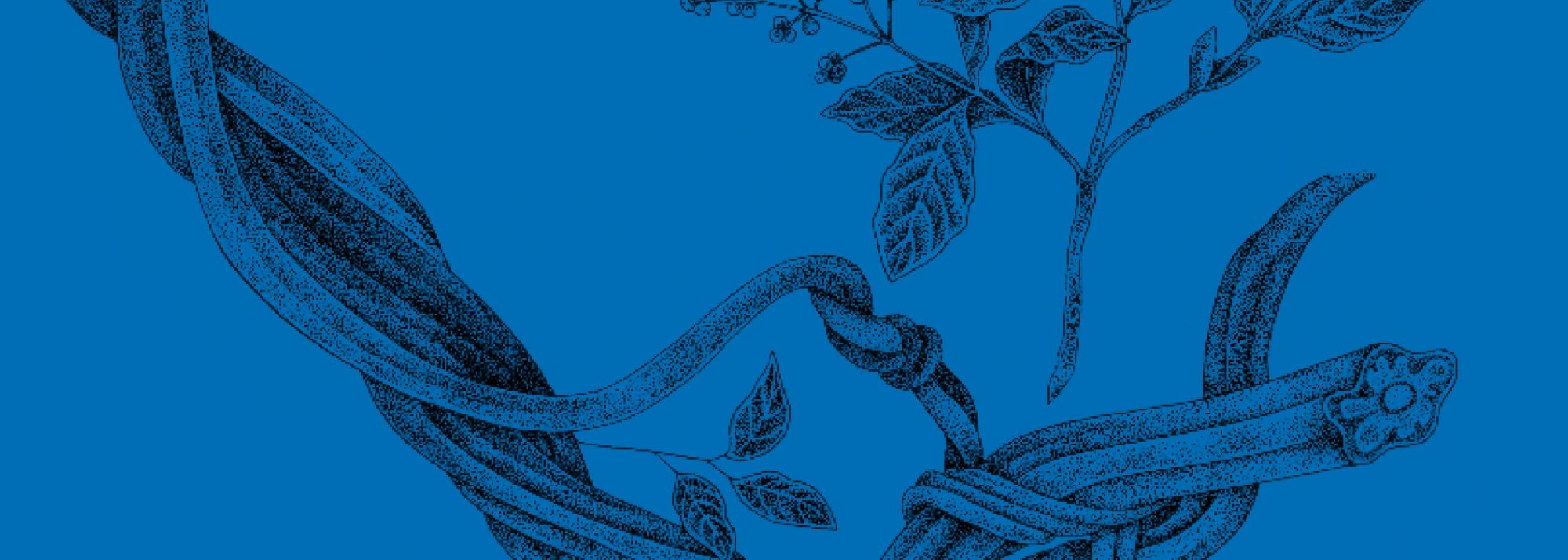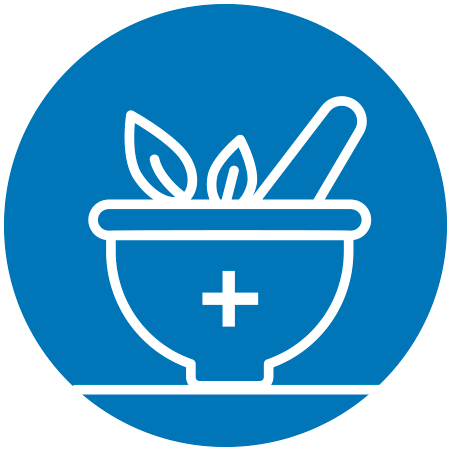
Fact Sheet
Ayahuasca Pharmacology
While ayahuasca contains DMT, they are not equivalent to each other. There are significant and important differences in pharmacology, the duration and quality of the experience, administration modes, legal classifications and, importantly, their cultural histories and contexts of use.

What is in ayahuasca*?
» The ayahuasca vine is the central ingredient always found in the brew (Banisteriopsis caapi).
» Ayahuasca and chacruna are now the most common ingredients in ayahuasca. At some point in history, the Indigenous people of the northwestern Amazon Basin discovered that by mixing the leaves of chacruna (Psychotria viridis, which contains DMT) with the harmala-alkaloid containing vine, visionary experiences were enhanced.
» Yagé (the name for ayahuasca in some parts of Colombia) is a brew made of Diplopterys cabrerana (chaliponga/chagropanga) leaves rather than chacruna.
» Some cultural groups prepare a decoction using the B. caapi vine alone, without adding other plants. This tea can have psychoactive effects, although qualitatively and phenomenologically different than the more widespread preparation.
» Some brews can include other admixture plants in varying concentrations, for various purposes.
» In many Amazonian traditions, the vine described as giving the person power (fuerza), while the leaves are thought to provide light and vision (luz y visión).
* For the purposes of this fact sheet, we are referring to the common formula prepared from the ayahuasca vine and chacruna leaves.
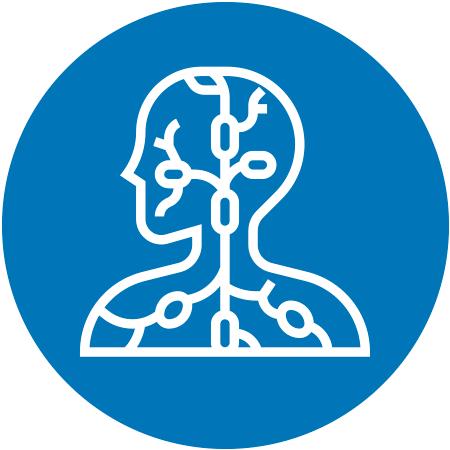
How does ayahuasca work in the body?
» The mechanism of action by which ayahuasca produces its effects is highly sophisticated, and has been widely debated by ethnobotanists, pharmacologists and neuroscientists alike.1,2 The following is a simplified (and reductionistic description), based on what is currently known about the basic pharmacological actions.
» A recent study identified about 2,000 components in the ayahuasca brew, including a variety of flavonoids and terpenes.8
» The harmala alkaloids found in the vine (harmine, harmaline and tetrahydroharmine), are psychoactive and responsible for many of the effects of ayahuasca. They also act as inhibitors of monoamine oxidase (MAO), an enzyme present in the brain, and in the gastrointestinal tract, where its job is to degrade monoamines.
» DMT (N,N-dimethyltryptamine) is a monoamine and is found in the chacruna or chaliponga leaves commonly added to the brew. If DMT is ingested orally, the endogenous MAO deactivates it, preventing it from reaching the brain.3
» Once the monoamine oxidase (MAO) has been deactivated by the harmala alkaloids, the DMT can get through the blood-brain barrier and into neuroreceptors.1,2
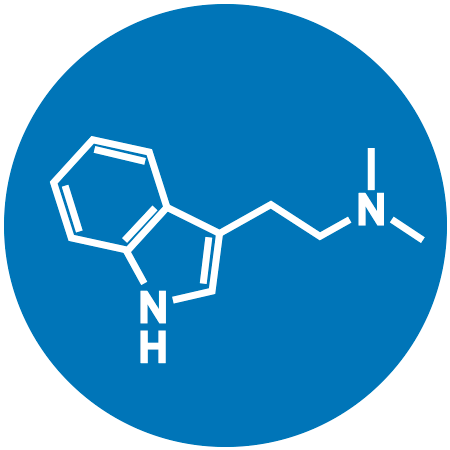
Does ayahuasca = DMT?
The simple answer is: no. Several clinical trials have been carried out on humans in a laboratory context where both DMT (in pure form, intravenously) and ayahuasca (orally) were administered. Their acute effects were characterized at the psychological and somatic levels. Based on these studies, as well as cultural and legal contexts, here are the key differences between the two.
Composition
DMT is a single molecule, whereas ayahuasca is a decoction comprised of multiple compounds.
Ayahuasca
Ayahuasca is a natural decoction made with plants, and includes other compounds (beta-carbolines) that may modulate the effects, making them significantly different from pure DMT.
As noted above, there are about 2,000 components in the final ayahuasca brew,8 and science has to-date only provided a simplified understanding of how it works in the body.
The amounts of DMT vary enormously depending on the batch and the method of preparation, amongst other factors. A recent analysis found DMT values ranging from 0 to 2.68 mg/mL in 102 ayahuasca samples.12
In clinical trials, doses of ayahuasca administered contained between 0.5 mg/kg and 1mg/kg of DMT.13
DMT
DMT (N,N-dimethyltryptamine) is a chemical substance not unique to the ayahuasca brew. It is a ubiquitous tryptamine found in its natural form in many animal species,9 including in human urine, blood, and cerebrospinal fluid,10 as well as in some plants.
Effects
DMT and ayahuasca have very different pharmacodynamics.
Ayahuasca
The effects of ayahuasca, are slow and progressive, taking 45 to 60 minutes to appear and reaching maximum effects after 2 hours, which dissipate after 4 to 6 hours.2,6
DMT
The acute effects of DMT appear immediately after intravenous administration4,5 or inhalation.
The effects of DMT are approximately twice as intense as the effects of ayahuasca at equivalent doses.7
Legality
Synthetic DMT is a scheduled substance, whereas in most countries, ayahuasca is not.
Ayahuasca
According to the International Narcotics Control Board (INCB), a quasi-judicial control body for the implementation of the United Nations drug conventions, ayahuasca is not subject to international control, nor are the alkaloids present in the B. caapi vine.11
Regulations are different country by country, however the plants themselves are not regulated in most places. Legal incidents involving ayahuasca typically involve charges for possession of DMT.
DMT
Synthetic or extracted DMT is listed in Schedule 1 (the most restrictive classification), in the 1971 Convention on Psychotropic Substances, and many countries therefore also include it in their national legislation.11
The INCB has confirmed that “no plant or concoction containing DMT, including ayahuasca, is currently under international control.”11
Culture and context of use
Ayahuasca has a complex cultural history with
practices that differ among the Indigenous groups who use it in the Amazon.
Ayahuasca
Ayahuasca has been used by Amazonian people for centuries, and likely much longer. The ritual use of ayahuasca is rooted in Indigenous cosmologies, animistic ontologies, and syncretic religious beliefs.
Modern ayahuasca practices often draw inspiration from Amazonian cosmovisions and belief systems, creating new ceremonial designs adapted for western participants.
DMT
In addition to ayahuasca, some Amazonian tribes also use DMT-containing snuffs such as Yopo (Anadenanthera peregrina) or Epená (Virola elongata).
While relatively recent practices, the Western use of natural extracts or synthetic DMT (whether injected, insufflated or vaporized) is rooted in the cultural history of the psychedelic movement and rave and transformational festival scenes, among others.

References
1. McKenna et al., 1984.
2. Riba et al., 2003.
3. Riba et al., 2015.
4. Strassman & Qualls, 1994.
5. Strassman et al., 1994.
6. Dos Santos, 2011.
7. Grob et al., 1996.
8. Katchborian-Neto et al., 2020.
9. Shulgin & Shulgin, 1997.
10. Barker et al., 2012.
11. International Narcotics Control Board (INCB), 2010.
12. Kaasik et al., 2020.
13. Riba et al., 2004.
Resources
- For access to the referred research citations, and for more detailed information on the topics highlighted in this Fact Sheet, please visit the latest edition of the Ayahuasca Technical Report [pdf].
- For general information about ayahuasca, its history of use, and legal status in various countries, please visit:
https://www.iceers.org/ayahuasca/
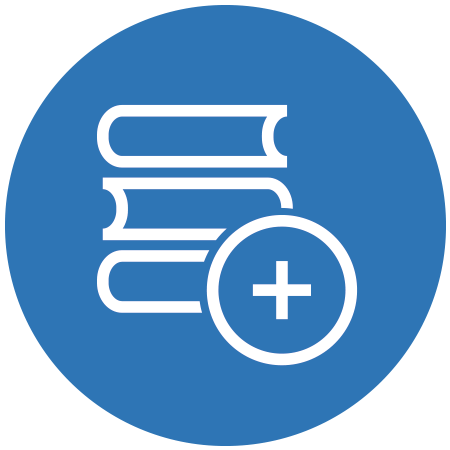
- Barker, S. A., McIlhenny, E. H., and Strassman, R. J. (2012). A critical review of reports of endogenous psychedelic N,N-dimethyltryptamines in humans: 1955-2010. Drug Testing & Analysis, 4(7-8): 617-635.
- dos Santos, R. G. (2011). Ayahuasca: Physiological and subjective effects, comparison with d-amphetamine, and repeated dose assessment. Doctoral thesis, Autonomous University of Barcelona, Barcelona. Available at: https://www.tdx.cat/handle/10803/83979.
- Grob, C. S., McKenna, D. J., Callaway, J. C., Brito, G. S., Neves, E. S., Oberlaender, G., Saide, O. L., Labigalini, E., Tacla, C., Miranda, C. T., Strassman, R. J., and Boone, K.B. (1996). Human psychopharmacology of hoasca, a plant hallucinogen used in ritual context in Brazil. Journal of Nervous and Mental Disease, 184(2): 86-94.
- International Narcotics Control Board (INCB). (2010). Report of the International Narcotics Control Board (INCB) for 2010. New York: United Nations. Available at: https://www.incb.org/documents/Publications/AnnualReports/AR2010/AR_2010_English.pdf.
- Kaasik, H., Souza, R. C. Z., Zandonadi, F. S., Tófoli, L. F., and Sussulini, A. (2020). Chemical composition of traditional and analog ayahuasca. Journal of Psychoactive Drugs, 1-11.
- Katchborian-Neto, A., Santos, W. T., Nicácio, K. J., Corrêa, J. O., Murgu, M., Martins, T. M. M., Gomes, D. A., Goes, A. M., Soares, M. G., Dias, D. F., Chagas-Paula, D. A., and Paula, A. C. C. (2020). Neuroprotective potential of ayahuasca and untargeted metabolomics analyses: applicability to Parkinson’s disease. Journal of Ethnopharmacology, 255.
- McKenna, D. J., Towers, G. H., and Abbott, F. (1984). Monoamine oxidase inhibitors in South American hallucinogenic plants: tryptamine and beta-carboline constituents of ayahuasca. Journal of Ethnopharmacology, 10(2): 195-223.
- Riba, J. (2003). Human pharmacology of ayahuasca. Doctoral thesis, Autonomous University of Barcelona, Barcelona. Available at: https://www.tdx.cat/handle/10803/5378.
- Riba, J., Anderer, P., Jané, F., Saletu, B., and Barbanoj, M. J. (2004). Effects of the South American psychoactive beverage ayahuasca on regional brain electrical activity in humans: A functional neuroimaging study using low-resolution electromagnetic tomography. Neuropsychology, 50(1): 89-101.
- Riba, J., McIlhenny, E. H., Bouso, J. C., and Barker, S. A. (2015). Metabolism and urinary disposition of N,N-dimethyltryptamine after oral and smoked administration: A comparative study. Drug Testing and Analysis, 7(5): 401-406.
- Shulgin, A., and Shulgin, A. (1997). Tihkal: The Continuation. California: Transform Press.
- Strassman, R. J., and Qualls, C. R. (1994). Dose-response study of N,N-dimethyltryptamine in humans. I. Neuroendocrine, autonomic, and cardiovascular effects. Archives of General Psychiatry, 51(2): 85-97.
- Strassman, R. J., Qualls, C. R., Uhlenhuth, E. H., and Kellner, R. (1994). Dose-response study of N,N-dimethyltryptamine in humans. II. Subjective effects and preliminary results of a new rating scale. Archives of General Psychiatry, 51(2): 98-108.

